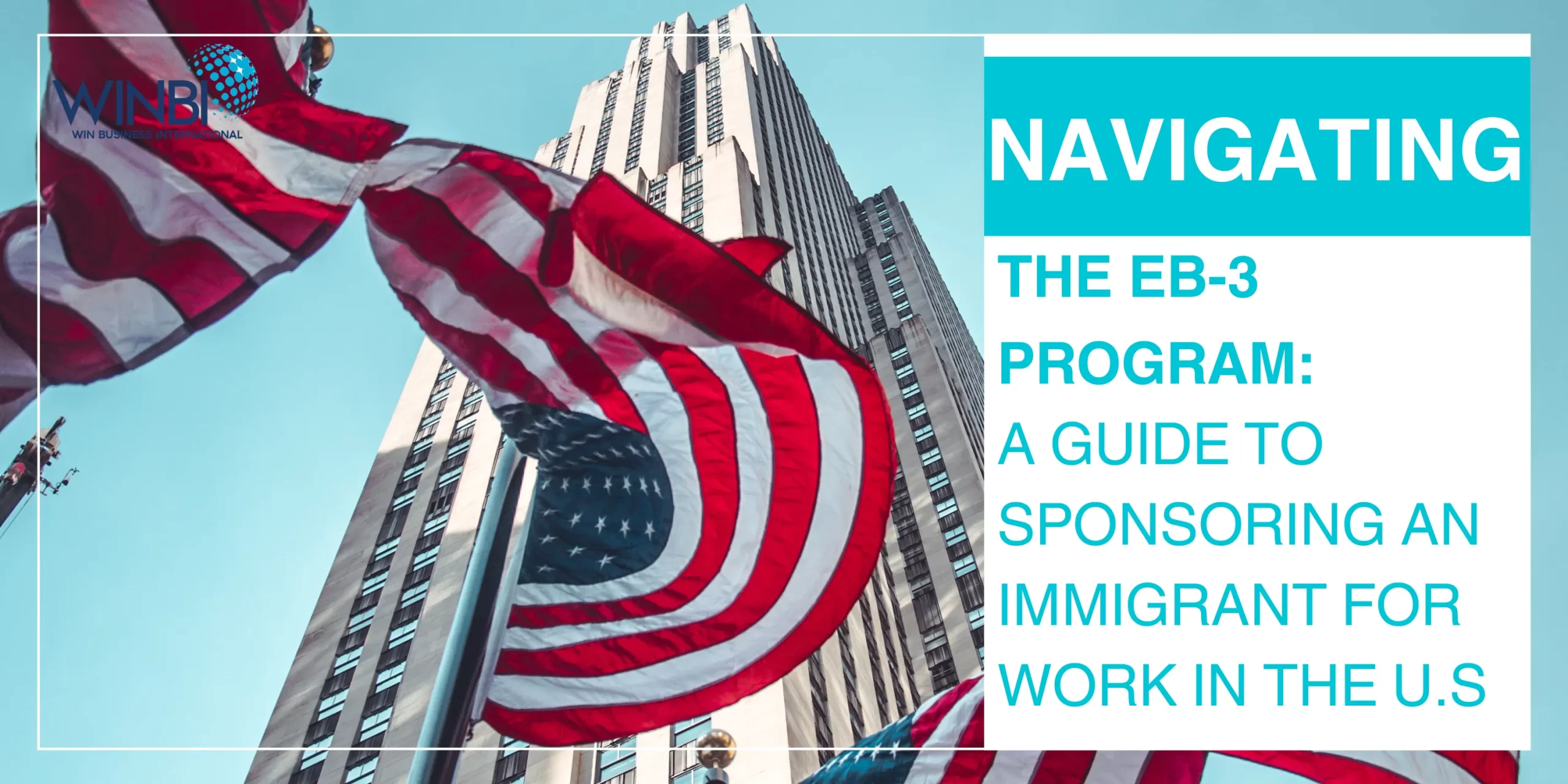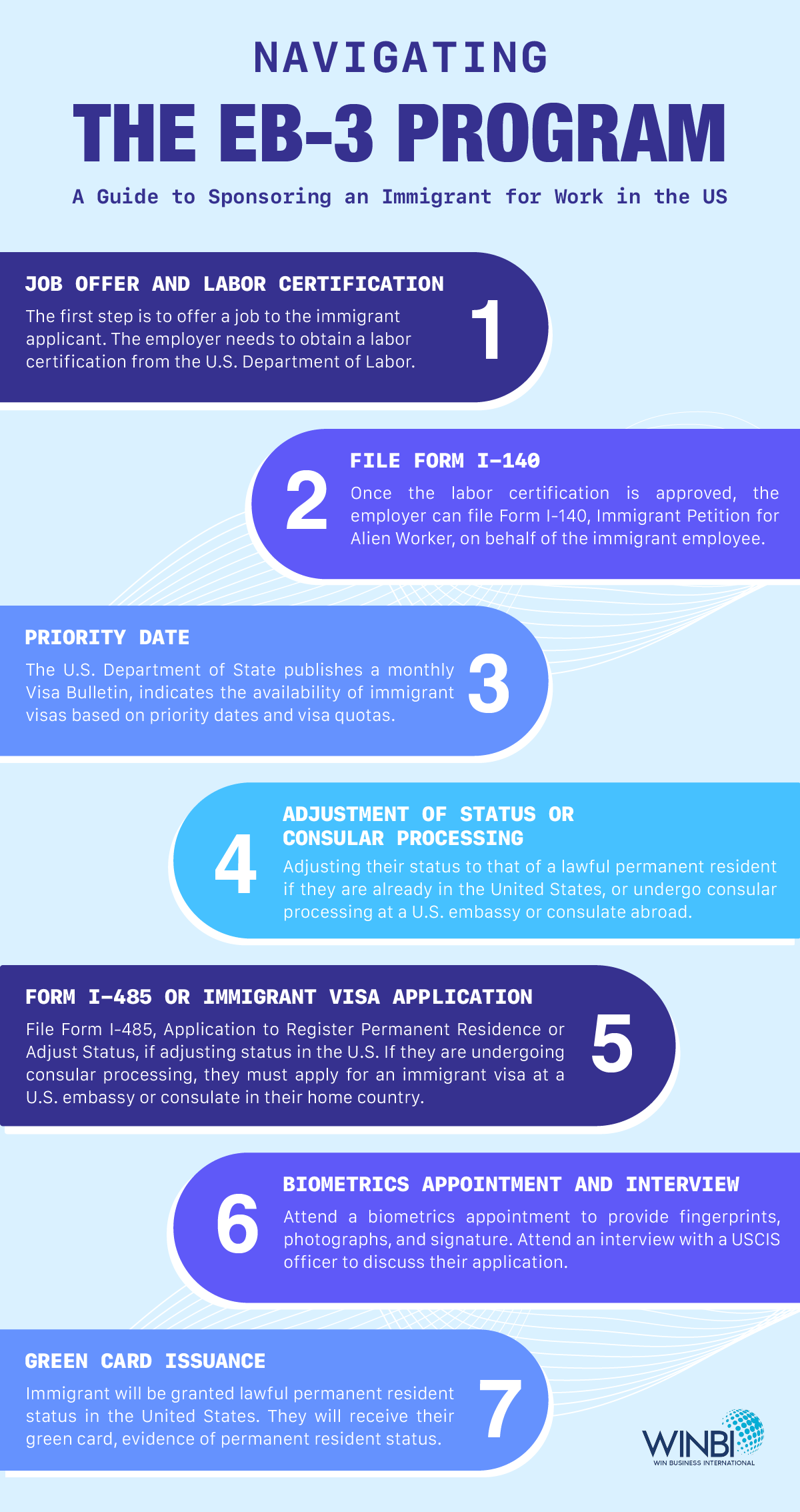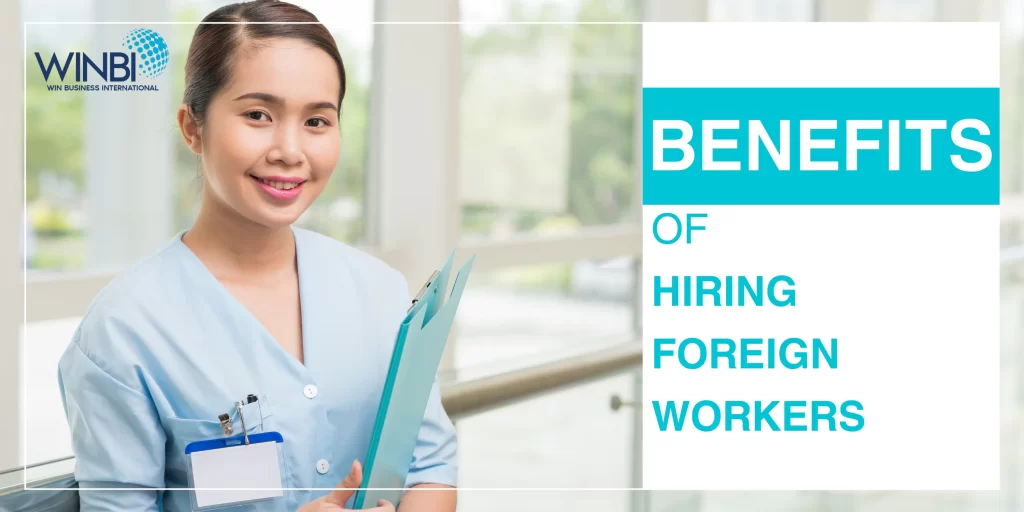Are you a U.S. employer facing labor shortages and seeking skilled workers from abroad? Or perhaps you’re an immigrant aspiring to work in the United States? Either way, you might find yourself exploring the EB-3 visa program. In this article, we’ll delve into the EB-3 program and provide a comprehensive guide on how to sponsor an immigrant for work in the U.S. under this category.
Understanding the EB-3 Visa Program
The EB-3 visa program is designed for skilled workers, professionals, and other workers seeking to immigrate to the United States for employment opportunities. It is divided into three subcategories:
- EB-3(A) – Skilled Workers: This category is for individuals with at least two years of job experience or training.
- EB-3(B) – Professionals: This category is for individuals with a bachelor’s degree or its foreign equivalent and a job offer that requires such a degree.
- EB-3(C) – Other Workers: This category is for unskilled or low-skilled workers with less than two years of job experience or training.
Step-by-Step Guide to Sponsoring an Immigrant under the EB-3 Program
-
Job Offer and Labor Certification:
As an employer, the first step is to offer a job to the immigrant applicant. The position must meet certain requirements, including offering fair wages and working conditions. Additionally, the employer needs to obtain a labor certification from the U.S. Department of Labor, demonstrating that there are no qualified U.S. workers available to fill the position.
-
File Form I-140:
Once the labor certification is approved, the employer can file Form I-140, Immigrant Petition for Alien Worker, on behalf of the immigrant employee. This form verifies the eligibility of both the employer and the immigrant applicant under the EB-3 category.
-
Priority Date:
The immigrant applicant’s priority date is established when the Form I-140 is filed. This date is crucial as it determines the immigrant’s place in the visa queue. The U.S. Department of State publishes a monthly Visa Bulletin, which indicates the availability of immigrant visas based on priority dates and visa quotas.
-
Adjustment of Status or Consular Processing:
Once the immigrant’s priority date becomes current, they can proceed with either adjusting their status to that of a lawful permanent resident if they are already in the United States, or undergo consular processing at a U.S. embassy or consulate abroad.
-
Form I-485 or Immigrant Visa Application:
If the immigrant is adjusting status in the U.S., they must file Form I-485, Application to Register Permanent Residence or Adjust Status, along with supporting documents. If they are undergoing consular processing, they must apply for an immigrant visa at a U.S. embassy or consulate in their home country.
-
Biometrics Appointment and Interview:
As part of the application process, the immigrant applicant may need to attend a biometrics appointment to provide fingerprints, photographs, and signature. They may also be required to attend an interview with a USCIS officer to discuss their application.
-
Green Card Issuance:
Upon approval of the immigrant visa application or adjustment of status, the immigrant will be granted lawful permanent resident status in the United States. They will receive their green card, which serves as evidence of their permanent resident status.
Sponsoring an immigrant for work in the United States under the EB-3 program is a manageable process with the right support. By taking the time to understand the steps involved and fulfilling the necessary requirements, employers can access skilled workers to fill critical roles, while immigrants can pursue their dreams of building successful careers in the U.S.
With Winbi by your side, navigating the EB-3 program becomes straightforward and hassle-free. Our experienced team of attorneys ensures a smooth and efficient process, making it easy for you to achieve your goals. Reach out to Winbi today and take the first step towards a brighter future for your business and talented immigrants alike.



